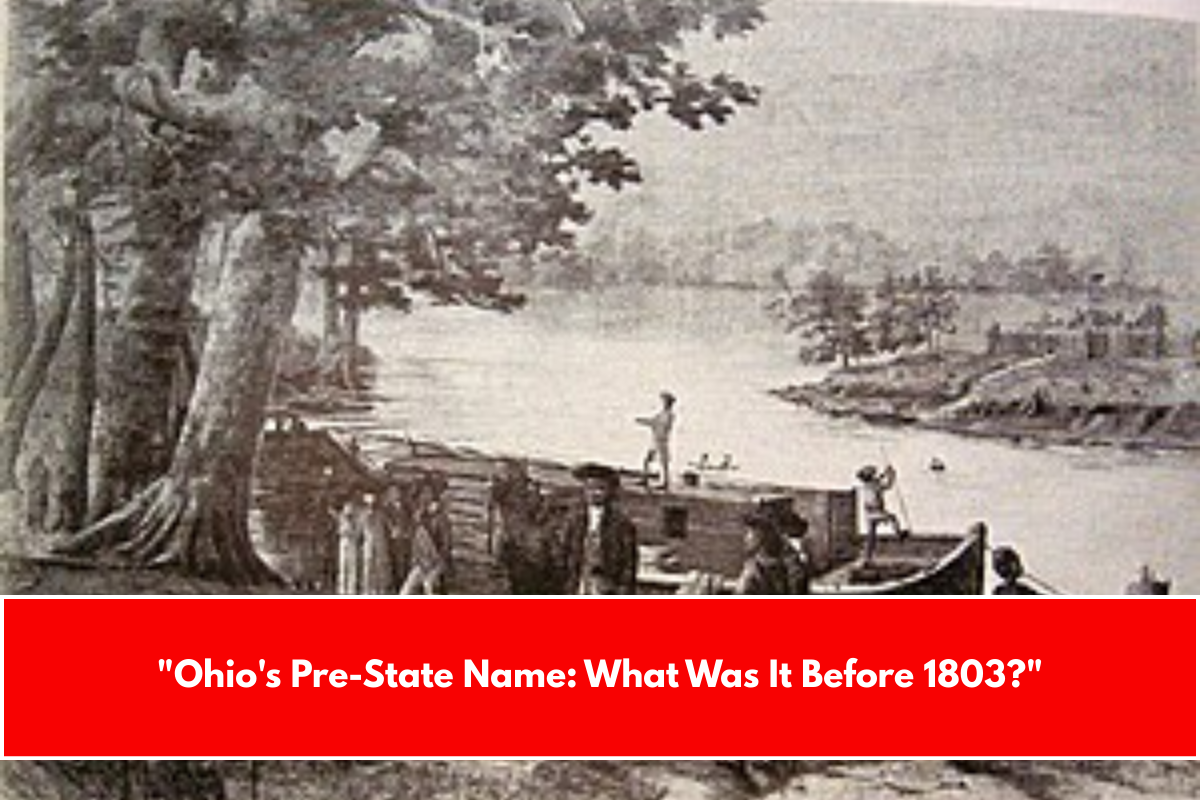Long before it became the 17th state of the United States, Ohio was a land of deep history and cultural significance. Home to many Native American tribes, and later contested by European powers, Ohio’s path to statehood reflects the complex story of early America’s growth and westward expansion.
Understanding this journey helps us appreciate the rich legacy that shaped the state we know today.
Native American Roots: Ohio’s First Inhabitants
The land that is now Ohio was once the ancestral homeland of several Native American tribes, including the Shawnee, Delaware (Lenape), Miami, and Wyandot, among others.
These groups had unique cultures, languages, and ways of life. They hunted, farmed, traded, and built communities using the land’s abundant natural resources. Their deep connection to the region marks the earliest chapter of human history in Ohio and lays the foundation for the state’s cultural heritage.
Colonial Competition: A Battle for the Ohio Valley
As European powers expanded across North America, the Ohio Valley became a key area of interest and conflict.
French Claims and Influence: France was among the first European nations to explore and claim land in the region.
French explorers and traders established posts and formed alliances with Native tribes, which allowed them to benefit from the fur trade and maintain influence.
British Control After 1763: The French and Indian War, part of a global struggle between Britain and France, ended in 1763 with British victory. As part of the peace agreement, France gave up its North American claims, including the Ohio Valley, to Great Britain. This marked the beginning of a new era of British control in the region.
The Northwest Territory: Laying the Foundation (1787–1803)
After the American Revolutionary War, the newly independent United States gained control of lands west of the Appalachian Mountains, including what is now Ohio.
Northwest Ordinance of 1787: To organize these new lands, Congress passed the Northwest Ordinance, creating the “Territory Northwest of the River Ohio.” This vast territory included land that would eventually become Ohio, Indiana, Illinois, Michigan, Wisconsin, and part of Minnesota.
The Ordinance provided a system for governance and set out the process for these territories to become future states.
A Model for Growth: The Northwest Ordinance was one of the most important laws of early America. It banned slavery in the territory and promised basic rights and public education, setting the tone for how new states would join the Union.
Ohio Statehood: The Birth of the Buckeye State
By the early 1800s, the eastern portion of the Northwest Territory had grown rapidly in population. Following the guidelines of the Northwest Ordinance, the region was ready for statehood.
Admitted in 1803: On March 1, 1803, Ohio was officially admitted as the 17th state of the United States. It was the first state formed entirely from the Northwest Territory, marking a milestone in America’s westward expansion.
Name Origins: The name “Ohio” comes from the Iroquois word “ohi:yo,” meaning “great river”—a reference to the Ohio River, which played a central role in the state’s geography and trade.
A Summary of Ohio’s Journey
Before becoming a state, Ohio experienced many transformations. It was:
-
A homeland for Native American tribes with long histories and rich cultures
-
A region contested by France and Great Britain during the colonial era
-
A foundational part of the Northwest Territory after the American Revolution
-
The first state born from that territory, shaping how new U.S. states would form
Ohio’s story is deeply tied to the broader history of America’s growth, with its transition from wilderness to statehood highlighting both the promise and challenges of building a new nation.







